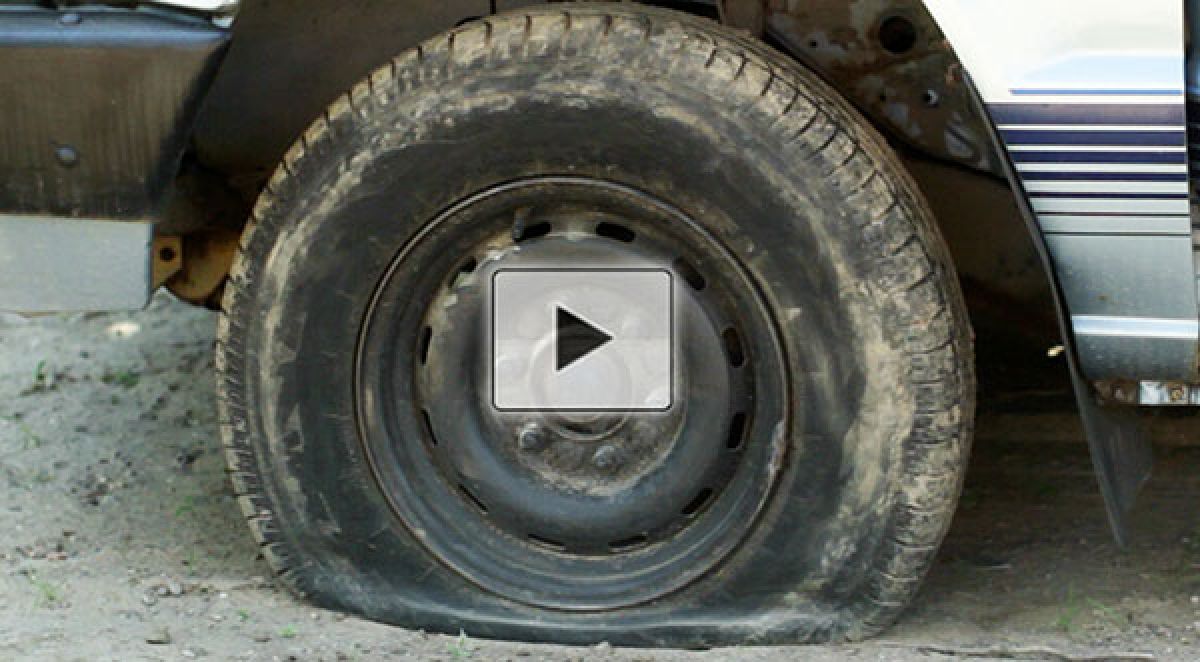The American Chemical Society has released a video explaining research being done in Europe into tires that can literally heal themselves. This research could lead to vehicle tires that can recover from a puncture without need of plugs or replacement. It's one of those little things that could radically change the world.
Researchers at the Leibniz Institute for Polymer Research in Dresden, Germany, lead by Amit Das, have developed a rubber that self-heals and has similar properties to the rubber used in automotive tires. The research, published in ACS Applied Materials & Interfaces, the journal of the ACS, shows how the new rubber works.
To simplify it, the rubber used in car tires now is vulcanized, which means it's heat-treated to create the hardness necessary to make it stand up to road use without losing its ability to stretch and grip. Das and his colleagues have come up with a rubber formula that has those same properties but does not require vulcanization. This allows the chemical bonds in the rubber to re-form ("heal") when they're broken, say by a nail puncturing the tire.
Currently, this wouldn't save a driver from having to swap to a spare after a puncture and flat. It would, however, mean that the driver could put on the spare, take the punctured tire home, remove the item that put the hole in it, and let the tire heal itself. It could potentially, with more development, mean that the tire could heal itself on the side of the road in about the time it would take to remove it and replace it with a spare.
This ACS video visually explains how the process works.





